
GC–MS
Latest News
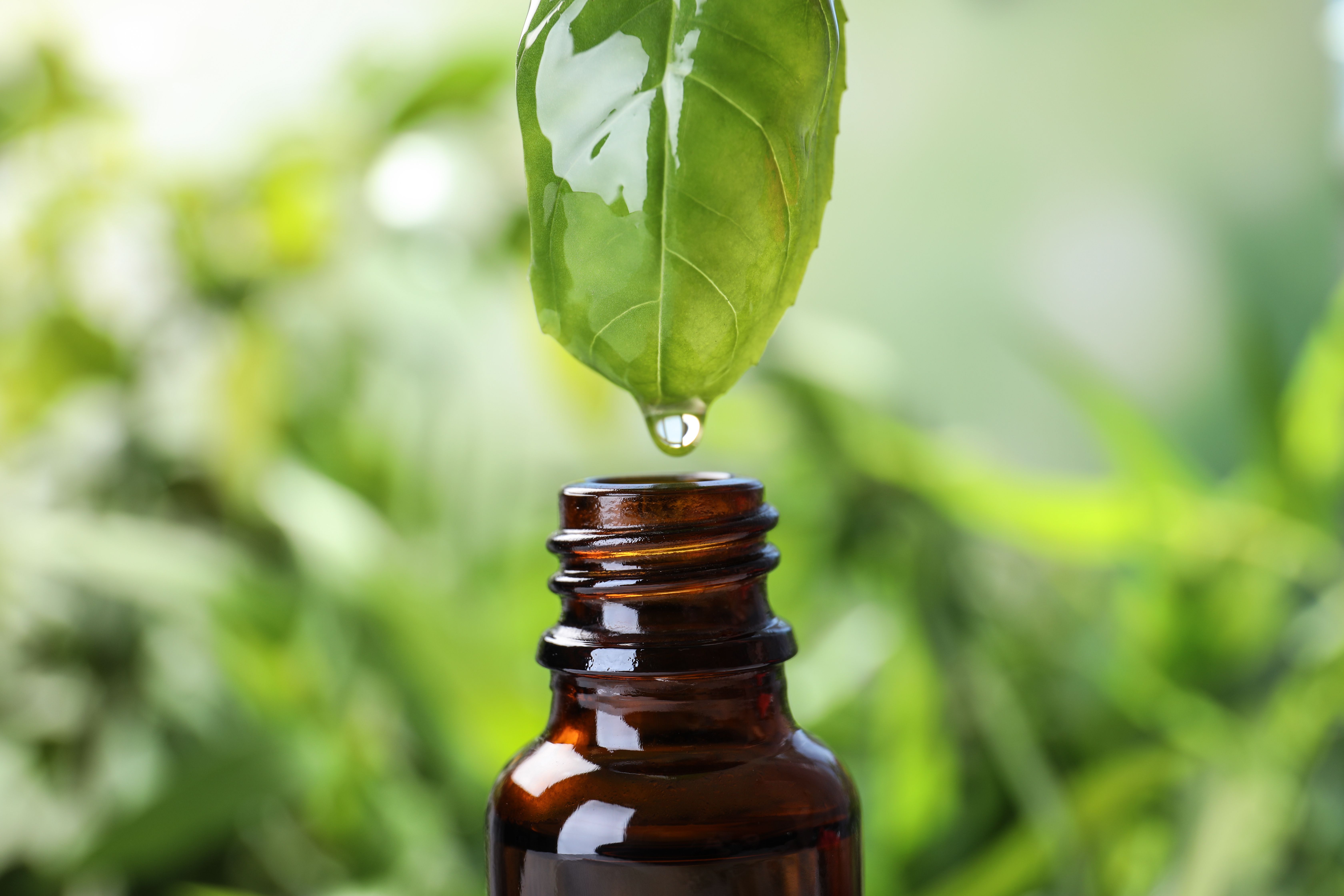
Researchers aiming to determine the optimal harvest time for maximum essential oil and linalool yields from basil hydro distilled the dried leaves of gathered plant samples for extraction of essential oil and subjected the resulting produce to gas chromatography-mass spectrometry (GC-MS) analysis to determine the variance in chemical compounds composition.
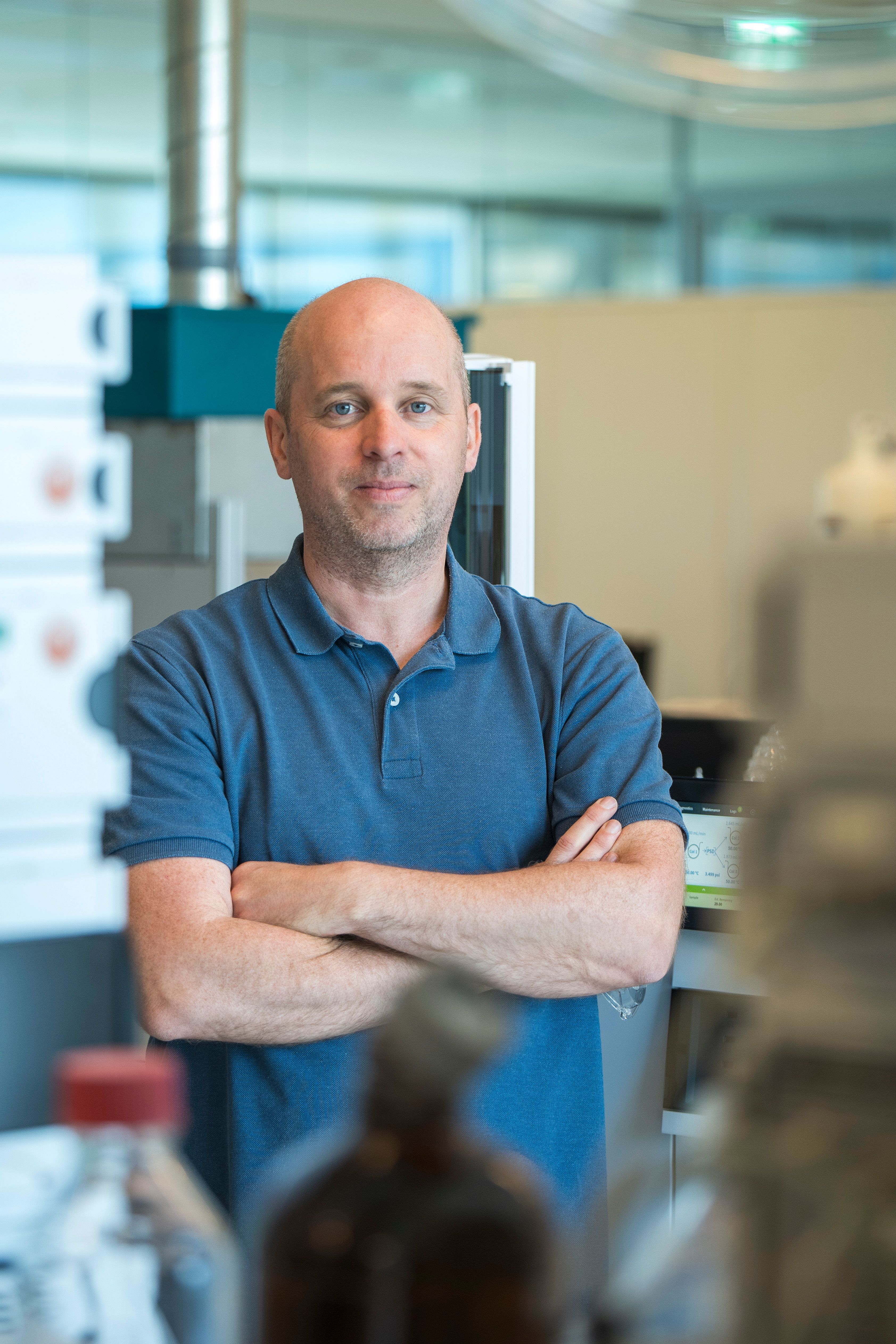
Developing Deep Learning Models to Identify More Peaks in GC–MS Chromatograms

Decoding Fingerprint Aging: Leveraging GC×GC–TOF-MS for Forensic Chemical Profiling
Latest Videos
More News

A recent study demonstrated how analytical techniques can be used to differentiate between different types of whiskey.

Looking at the fundamental terminology and data analysis principles in benchtop GC–MS

The approach describes a new untargeted, trapped-headspace (THS)-GC-QMS-IMS setup for an exhaustive VOC analysis of complex food, beverage, and flavor products, and allows the classification of mango cultivars in combination with chemometric data evaluation.
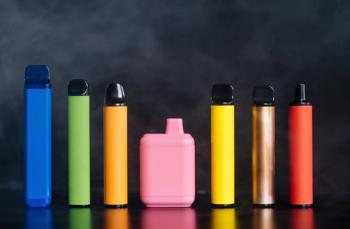
Researchers at the University of Huddersfield analyzed 60 new and used disposable e-cigarettes using HS-GC–MS and HPLC–DAD, finding concerning levels of ethyl maltol and benzoic acid and detailing their chemical composition and changes with use.

Researchers at the Dalian Institute of Chemical Physics at the Chinese Academy of Sciences, have developed a rapid FastGC-PICI-TOFMS method that detects the carcinogenic compound ethyl carbamate in Chinese liquor in under four minutes.

A recent study created a new technique for quantifying propylene glycol, a notable substance found in electronic cigarettes, using gas chromatography–mass spectrometry (GC–MS).

In this article, you’ll find some of the top content that was published on LCGC this week, including our upcoming forensic science content series and an interview on preanalytical factors for ethanol testing.

Continued helium use in gas chromatography–mass spectrometry/flame ionization detection has proven problematic. To combat this, alternative efforts are being tested.

This week, LCGC International published a variety of articles on hot topics in separation science. Several analytical techniques were covered in these articles, including gas chromatography–mass spectrometry (GC–MS) and liquid chromatography–MS (LC–MS).

A new cancer detection test to analyze volatile organic compounds through urine analysis, was granted the Breakthrough Device Designation status by the U.S. FDA. The system, which is built on gas chromatography–mass spectrometry (GC–MS) and proprietary AI, generates real-time cancer risk scores.

Gas chromatography–mass spectrometry was used alongside quality control systems to analyze amino acids present in urine samples.

A new gas chromatography-based approach involving skin-contact sampling bands was used to detect potential malaria infections.

In a new study, researchers used GC–MS and LC–MS were used to detect composition fraud in food supplement creation.
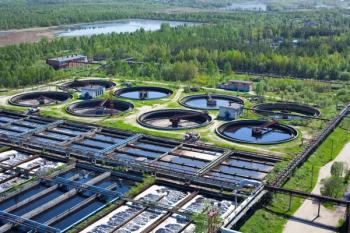
Environmental polycyclic aromatic hydrocarbons can prove dangerous if metabolites enter human systems. A new gas chromatography-based approach was developed to analyze the hydroxy derivatives in wastewater samples.

Discover a novel GC-based method for accurately analyzing organic carbonates in lithium-ion batteries without the need for complex calibrations.

A gas chromatography–mass spectrometry-based approach was created and optimized to analyze reaction products of partial isobutane oxidation.

New gas chromatography-based approaches were tested for detecting volatile organic compound (VOC) emissions for binders used in mineral wool insulation products.
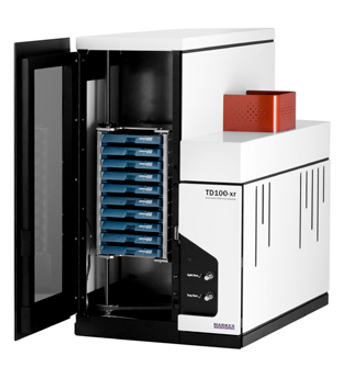




Monitoring the quality of essential oils is vital for protecting consumer health. Researchers recently combined gas chromatography and mass spectrometry approaches to gather data on mandarin essential oils.

As a precursor to the Lindau Nobel Laureate Meetings, Texas A&M University held a meeting for future Lindau attendees to highlight the institution’s scientific facilities. One such attendee is Caitlin Cain of the University of Michigan, one of LCGC International’s 2024 Rising Stars of Separation Science.

New QuEChERs-based methods were created to detect pesticide residues in commercial dry pet food.

Here is some of the most popular content posted on LCGC International this week.





